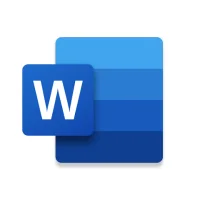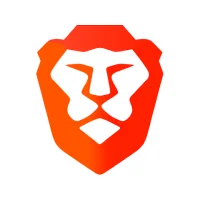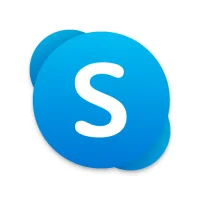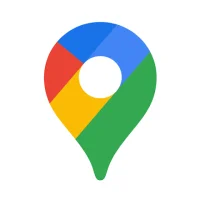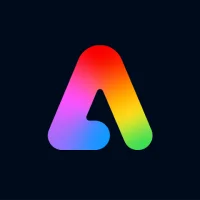How to manually update specific apps on my phone?
13 min read Manually Update Specific Apps on My Phone - written by Hamza Bose, Senior Content Marketer April 21, 2024 11:38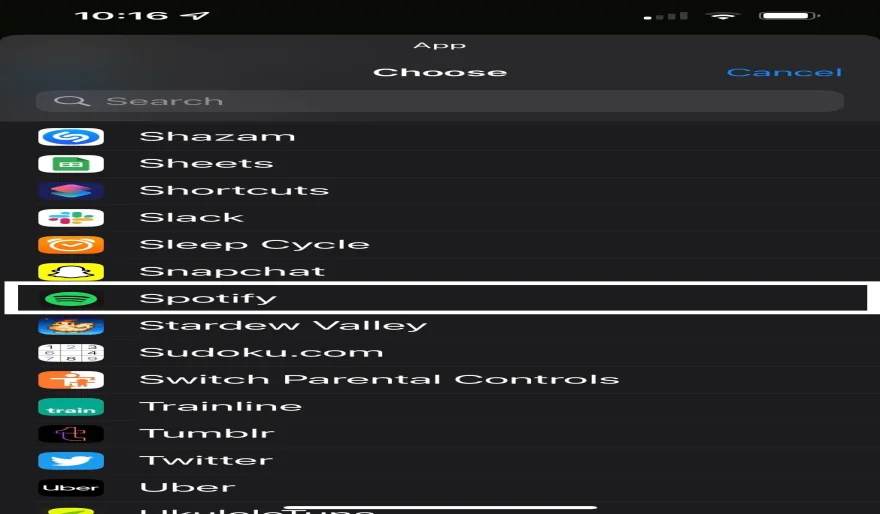
How to Manually Update Specific Apps on My Phone
1. Introduction
There are similarities between mobile applications and desktop applications update software process models. For instance, in both cases, updates are provided via benefiting from the communication between the application's platform which is in the Google Play Store, in this case, Google Android, and application (play store), smartphone Google Play Store. However, there are also different theories among users with respect to the revisions of mobile applications. A study claims 70% of the desktop users and 40% of the mobile application users have applied updates to their applications. Another study notes that Android users are less prone to update their mobile applications in contrast to desktop users. This is typically because recent behaviors are different. Yet more recent studies focus on comparing different models including traditional and extended technology acceptance model (TAM), protection motivations theory, the privacy paradox, and protection motivation theory to predict perceptions towards keeping mobile applications updated.
Modern smartphones not only store data, but also execute various algorithms and support many different tasks. There are different types of applications, including desktop applications as well as mobile applications, and similar to desktop applications, mobile applications also require updates and bug fixes. Google Android supported the adding of new applications from the Google Play Store. The Google Play Store is the official application store for Google's Android operating system. The users can also install new applications in the Google Play Store and update them. In consequence, several researchers have published their work on the behavior of users with the Google Play Store and have noted that in reality user behavior with the Google Play Store differs from the expected model. Although applications are frequently updated, some users frequently neglect to keep them up to date. A performance issue frequently emerges when a new application replaces the older application on the mobile device in the play store. Therefore, users typically only keep their most used applications up to date and may not allow the application store to update them. Not all applications are executed by the users or determined with the consequences of an update. In addition, smartphone users almost never update their mobile applications.
2. Understanding App Updates
The system updates are those that concern the phone's operating system, therefore Android for phones with the Android operating system, iOS for iPhones, OS for Nokias with this system, etc. The manufacturers, together with the holders of the operating system, issue versions that periodically update the phone to correct software bugs, update the programs that compose it, insert new features, make it more secure (for example, the new functions to counteract mobile phone thefts) and generally improve its performance. It is necessary to keep the system updated as all programs must be up to date, but the weight of the files can be very high (hundreds of megabytes or even gigabytes for particularly large versions), sometimes requiring free space in the memory to be able to download and install them. For these reasons, it is advisable to look for an active Wi-Fi network and start the download only after completing a data backup, which in case of problems will allow you to recover your personal data from the phone.
The term "app updates" denotes the subsequent versions of the app uploaded by the developer to a catalog of apps or The App Store if it is made by Apple. It will contain the necessary data and often some repairs. They are often complicated, although not at this stage, to not confuse the reader. It should have been named "program overlay" to allow less experienced users to understand. Its use is simple although not essential: updates are downloaded by the phone and then require the supervision of a person to invoke the installation. Their automatic activation must be activated - at least via Wi-Fi, to avoid excessive use of the data plan. The updates require the same security measures to be taken as normal installations (see the corresponding chapter).
3. Steps to Manually Update Specific Apps
The Play Store app is usually on the Home screens and in the App Drawer. Just press the Play Store Icon. In the Play Store, tap the menu button (three vertical lines) next to a specific app you want to update and select "See details" and then select "Update". The app will install the new update automatically. It can take days or weeks for an update to arrive. You can check by scrolling down to the Packages section of the page to see what's available for your specific model. Tap here. If it's not in the menu, press the 3 dots next to the blue and red heart circle at the top-right and choose "My apps & games". You will see "Install" and "Update". Press "Update". If you want, after a few seconds, press the 3 lines to check the progress of the loading bar. After a few minutes, you might need to X out and follow the same steps after you refresh the page you're on.
This wikiHow teaches you how to upgrade and fix issues with your apps on a mobile device by updating specific apps. There are a few ways to do it. Always keep your apps up to date by periodically checking the stores for updates, as developers will fix bugs, glitches, and add features. It's important to have enough storage space for the app. Always check for updates for your apps on your Kindle Fire periodically. To install apps that are not on this list, follow these steps: Cake Icon -> the 3-dot menu -> Show Apps not in My Library. If this method doesn't work, try the next method.
4. Troubleshooting Common Issues
The behavior still persists? Remember the first things they are going to ask you to do. Refresh the app or game listing in 'My Apps' is the first thing, and then refreshing all screen content may be the next. Turn your device off and back on or force stop the Play Store app once in a while. Google Play may also ask you to 'restart your device.' It requires action like that at times.
I have deleted updates, but the app is not listed in Google Play under 'My Apps' to be allowed to update individually. Is the app still installed? Are you looking on the device not in 'My Apps'? Look on the device in all apps. Just because it's in the list or used to be in the list does not mean it was installed from Google Play. If you are looking at 'all apps' and don't see it, you can check the Play Store app listing to see if it's installed, or see directions above on how to sideload. If you can call up the app or game really depends on the reason you can't update it. The reason it's in your all apps or a folder or on a screen is that at some point it's been downloaded and installed.
5. Conclusion
Notice that in some Android devices where it does not auto-update your app, you have to manually set all apps to default by following the above steps. After that, you can follow the initial installation steps to begin using the app again. Finally, “My Apps” on Google Play Store will ensure you always have the latest version of your desired apps. Even though auto-update makes things easy and stress-free, it is always good to also know how to manually update as you will definitely experience situations where you will be asked to do or teach them to someone.
1. Click on the Google Play Store app to open it. 2. Tap on the three horizontal lines that are on the top left bar. 3. Now scroll down until you see the “My Apps & Games”. 4. Click on the Update section to see a list of apps. If you don’t see any, then all your apps are updated. 5. Tap “Update” next to the specific app you want to update or tap “update all” on the top right corner to update all the apps. 6. Finally, a yellow spot beside the “My Apps” shows the number of apps that require an update.
If you want to do the collective updating of the apps, where you will update all the apps in one single click, here are the detailed steps that you need to follow to manually update your apps:
“My Apps & Games” Updates
User Comments (0)
Popular Apps










Editor's Choice


